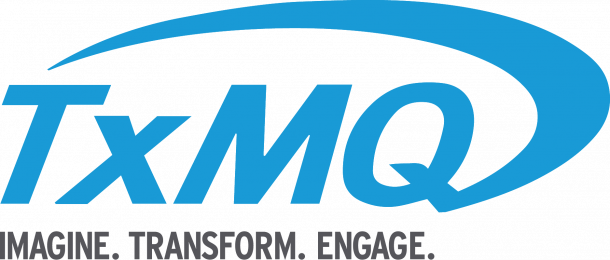By Wendy Sanacore
2011 is going to be a big year for WebSphere. The main focus is to utilize it to help companies achieve agility, and users are seeing several trends to help them get there.
Hybrid Cloud Integration
Hybrid Cloud Integration is one of two key initiatives for 2011. The other is private cloud. IBM’s foundation for Hybrid Cloud Computing is “Cast Iron.” This is pre-fabricated support right out of the box.
It includes integration, security, monitoring and governance and allows a company to responsibly integrate on-premise services with off-premise services.
This on-demand integration allows customers to directly focus on the essence of the integration and not get caught up on the logistics. The cloud integration supports hundreds of applications.
Platform as a Service (PaaS)
IBM PaaS is an integrated system designed to provide customers with a virtualized, optimized stack for middleware applications.
It aims to allow companies the ability to pack more services into a smaller space.
The workload-based, middleware patterns will simplify administration and deployment. Its integrated and optimized hardware infrastructure and middleware dramatically lowers costs.
Workload Optimized Systems
This system focuses on bringing hardware and software together in a way that it never really has before. The goal as Jerry Cuomo from IBM stated, is to make 1+1=3.
Ultimately, the goal is to make the hardware and software equal something greater than what it is individually.
The optimization engineers all components to behave as one and not as a separate entity.
Scale and Accelerators
The main focus for 2011 is performance, response time, scalability, and resilience.
WebSphere extreme Scale (XS) Technology allows for extreme performance and scalability for data-intensive applications and web applications.
This will allow you to intelligently offload weak links in your applications and can be optimized without doubling your IT spend.
Extending to Mobile
Jerry Cuomo referred to this initiative as a “really exciting progression.” He said he felt it was one of the most exciting in WebSphere.
The WebSphere platform is emerging as a world class Mobile Application Platform. IBM is currently investigating the mobile capabilities within its suite of products.
This mobile initiative will allow applications to be written once and then used on many platforms.
There are a lot of neat changes and upgrades on the horizon for WebSphere in 2011. So I guess if you’re anything like me, you will just keep your eyes peeled and ears open for the latest developments and of course, I will always share them here when I hear about them.
You can always keep me up to date as well! Let me know what you hear out there about WebSphere.
(Information in this blog from IBM webinar BWC Lab Chat: “WebSphere 2011 Trends” presented by Jerry Cuomo.)
About TxMQ
Since it’s inception, TxMQ has specialized in Mainframe software and mainframe systems support offerings. As mainframe software and mainframe applications and subsystems like DB2, z/OS, CICS, MQ, and DB2 continued to grow in popularity, so too did TxMQ’s offerings.
These expanded to include technologies like virtualization solutions including linux virtualization, network virtualization (cloud computing), and desktop virtualization, as well as mainframe modernization.
As the web became more prevalent and a part of the enterprise, we followed IBM’s offerings and added skilled resources and SME’s in areas like websphere, bpm and soa, including both Lombardi, and metastorm (now a part of open text), as well as Datapower.
Contact us today at 716-636-0070 ext 29 or email wendy@txmq.com to find the solution that’s right for you.

Stay informed on the latest in technology and industry trends!
Sign up for the TxMQ Company Newsletter to receive the latest news and updates on everything from legacy to emerging technologies from our Subject Matter Experts.